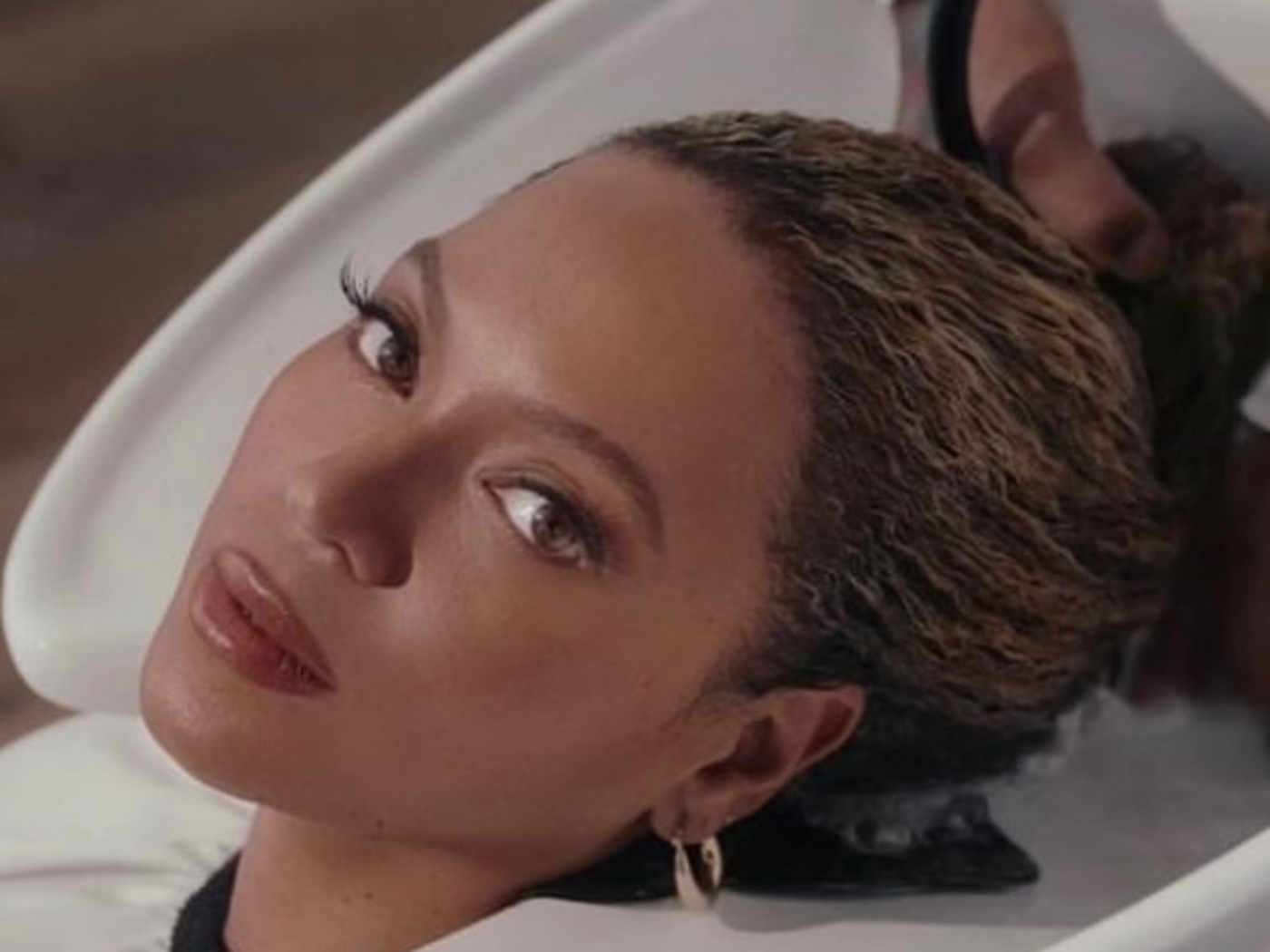Over the past three years, global retailing has indeed escalated—proven by many of the world’s largest retailers who are experiencing most of their growth from international markets, among them Walmart and Tesco, a U.K. based-grocer that’s been testing new beauty formats. But breaking onto foreign soil isn’t easy, and begins with translating one’s brand’s culture into other languages and formats. Retailers considering such initiatives need to pay attention to the local laws, the competition, possible supply chain obstacles and regional tastes.
According to Neil Stern, senior partner at McMillan Doolittle, adjustments to pricing, promotional strategy and product mix may be necessary too. Crucial to success is savvy real estate selection, but most importantly the retailer must bring something the market doesn’t already have. He pointed to Sephora as a successful example of global retail expansion. “You need to give a reason to shop there.”
Economist Ira Kalish, senior partner of Deloitte Research, drawing from its Global Powers of Retailing 2013 report, noted that of the world’s top 250 retailers (by sales), 40 entered new countries in 2010 for a combined 88 market entries, and that expanded to 107 market entries in 2011.
“The big story is Africa, which has seen the most companies enter,” said Ira. “Africa is finally on the radar screen of retailers internationally.” In 2011, 21 merchants planted banners, including seven franchise/licensed operators, two startups and 12 through acquisitions.While South Africa is Africa’s largest market, Ira said that Nigeria, Kenya and Morocco are all also “worth looking at.”
Business partnerships aid the local economy and create good will, but from an operations perspective it is almost necessary for retailers, according to Neil. “It is very difficult to go it alone in a foreign market.”
The African continent isn’t the only region to watch, according to Ira. Some second tier markets are becoming stronger economically and ripe for development including Colombia, the Philippines, Bangladesh, Indonesia, Peru and Vietnam. Add to that Mexico, where Walmart happens to be the country’s biggest retailer, which is becoming attractive as a center of manufacturing as wages in China increase.
In a welcome shift, Ira predicts the world will see a better economic environment in 2013. “We can expect to see some light at the end of the tunnel.” China has shown signs of a rebound and Japan has new leadership taking it on a different path. Furthermore, he believes Europe will emerge from recession and in the U.S. while there are still problems, the GDP is actually higher than it was prerecession. The rise in payroll taxes will hurt some, said Ira, but Americans have been paying down their debts, and now “are in a better position to spend.”



